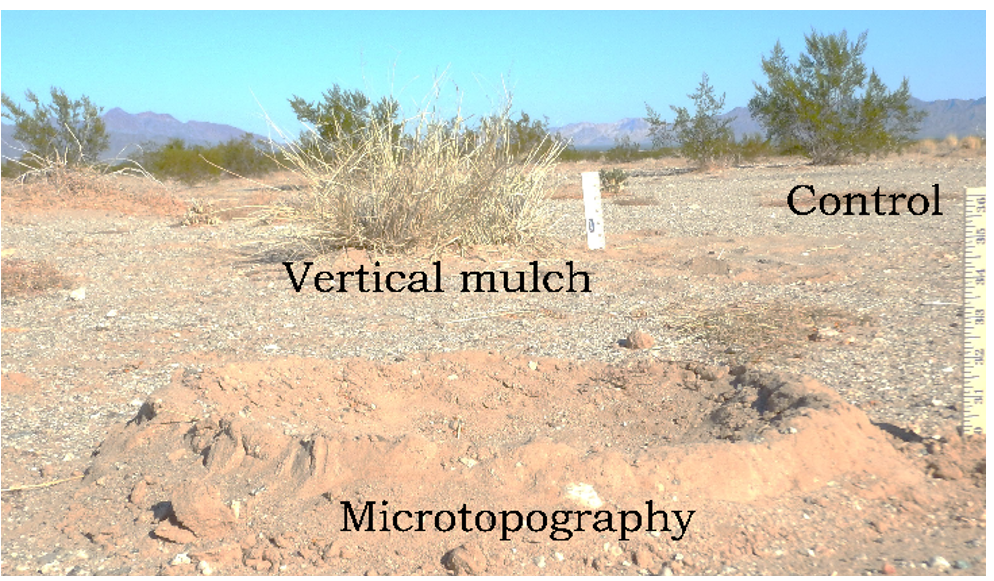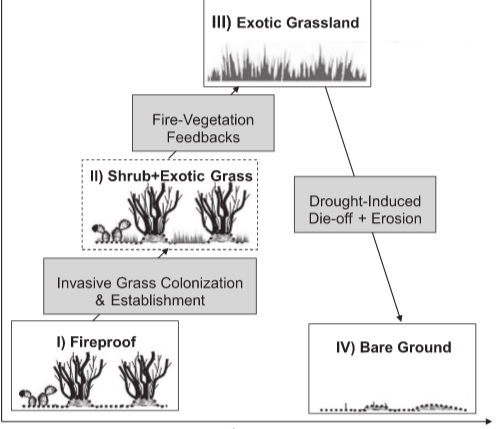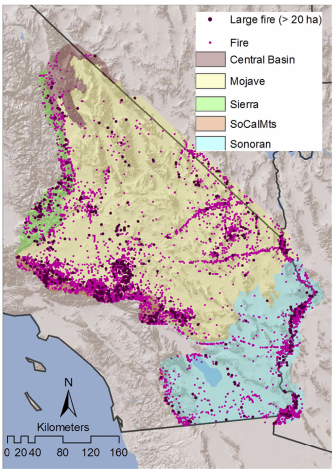Status of Knowledge Synthesis for Desert Habitat Restoration and Post-Fire Rehabilitation
/Supported by the Clark County (Nevada) Desert Conservation Program and the California Fire Science Consortium, we completed a status of knowledge synthesis of restoration practices aimed at enhancing recovery of damaged habitats in the Mojave and western Sonoran Desert, some of the driest locations in North America.
View Full Article (open access) >
Read More





















